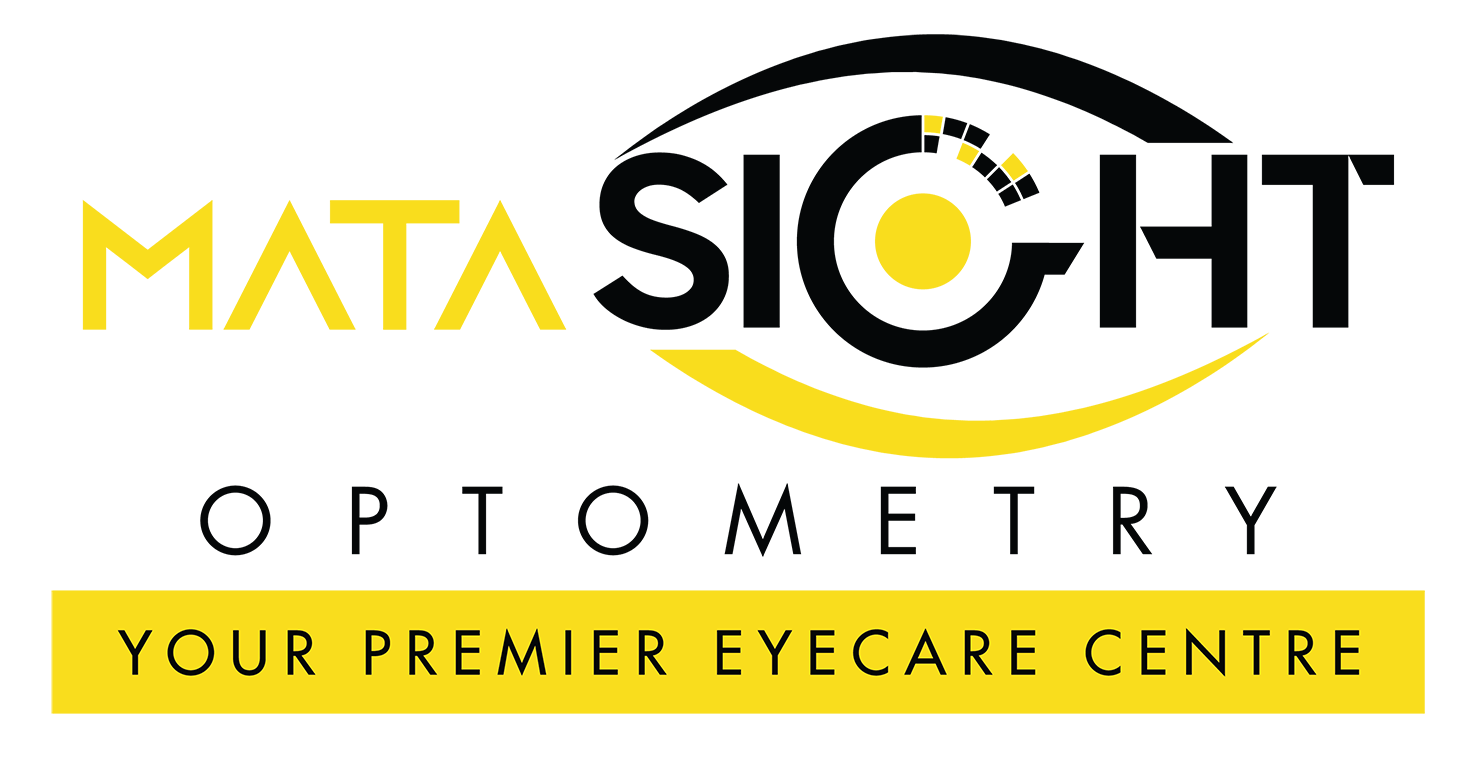Exploring Presbyopia Treatment Options with MATASIGHTAs you age, do you find reading becomes much more difficult? Taking out your favorite novel and flipping on the first few pages, you found it challenging to read through? Or squinting too much while you’re reading on your smartphone? All these could be the signs and symptoms of an eye condition called presbyopia. And don’t get too worried; it’s quite a common vision condition that one could experience as we age. Some people could also develop it at a young age. When you develop those signs and symptoms, you should consult your optometrist or medical professional for advice on presbyopia treatment and an eye examination. In this article, we will share some available treatment options for presbyopia so that you can understand them better. We will group these presbyopia treatment options into the non-surgical and surgical methods that can help with presbyopia to let you understand what options you have. Without further ado, let’s dive in! The Non-Surgical Methods – Presbyopia Glasses Prescribed presbyopia reading glasses are the glasses an optometrist customizes to help you read better when you have an eye condition. Although over-the-counter reading glasses could be sufficient to help those with minor presbyopia conditions, it’s always best to consult a medical professional on suitable options. Anything ‘custom-made’ will always work better than the over-the-counter option. There are also two different types of presbyopia glasses available today. The first one is bifocals or trifocals. As the name suggests, bifocals or trifocals (or just multifocal) give you two or more focus points on the same lens; it can help with a multifaceted vision where each part of the lens allows you to better see things at different distances. Other types of presbyopia glasses come with progressive lenses. Progressive lenses are packed with even more advancement in lens making, which magnifies objects from the top to the bottom of the lens, allowing patients to see clearly no matter what distance the object is. Yes, contact lenses are made for presbyopia for those who don’t like wearing glasses. But please consult your optometrist on whether it’s the right option to use them, as they may not be the right fit for your eyes or your condition, causing more harm than good. Surgical Options Your optometrist may discuss multiple surgical options with you and advise you on the best one, but today, we will cover two of them – the Refractive Lens Exchange (RLE) and LASIK Monovision.RLE involves replacing the eye’s herbal lens with an artificial intraocular lens (IOL) to improve close vision. This surgical treatment is helpful for individuals who produce other refractive errors, including nearsightedness, farsightedness, or astigmatism. LASIK is a popular refractive surgery used to correct vision, but conventional LASIK procedures do not treat presbyopia. Monovision LASIK can help people with presbyopia by correcting one eye for distant objects and another for nearer objects. However, some may not adapt well to monovision correction. So, always consult your optometrist or professional for a comprehensive eye exam! Conclusion Presbyopia should not hinder your everyday life. Always consult for professional help, and MATASIGHT can be the right place for you! Talk to us today about your presbyopia condition; our certified optometrists are ready to help! |




No comment